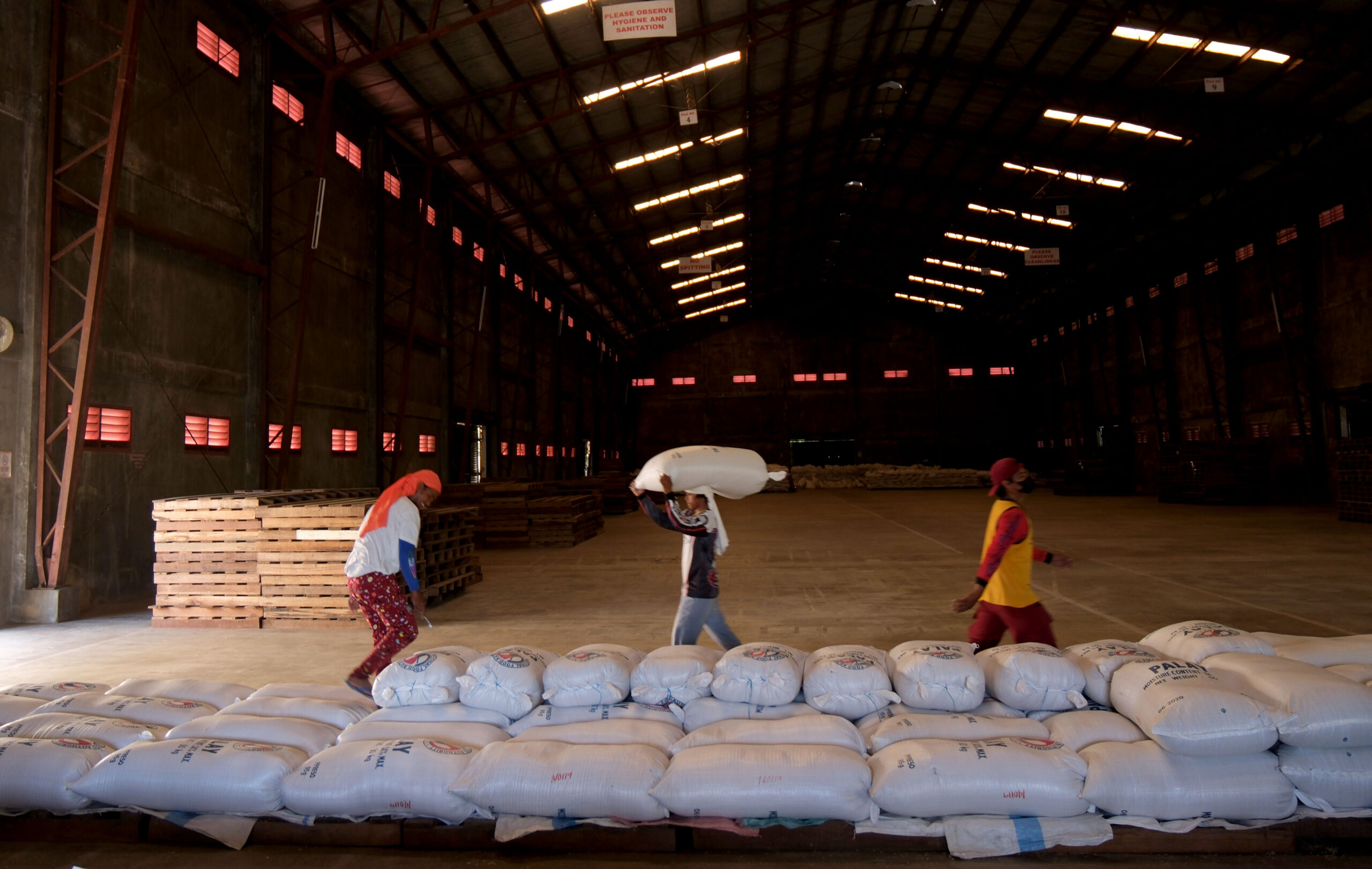
The National Food Authority (NFA) is undertaking a P10 billion modernization program aimed at enhancing rice storage, building new rice mills, and upgrading drying facilities to improve rice recovery and increase farmers’ profitability.
This initiative is funded through government allocations, with half of the budget granted late last year and the remaining P5 billion earmarked for rice mills, drying facilities, and other infrastructure projects included in this year’s national budget.
As part of last year’s funding, P1.5 billion will be dedicated to repairing existing warehouses to ensure the preservation of both palay and rice quality. The remaining P3.5 billion will be used to add 800,000 metric tons of storage capacity by next year, nearly doubling the NFA’s current capacity.
NFA Administrator Larry Lacson explained that the new and upgraded warehouses will significantly improve the NFA’s ability to store rice and palay, enabling better management of the national rice inventory. “This expanded capacity will help us address the current issue where our warehouse space is almost full,” Lacson said. While the NFA’s current storage capacity stands at 1 million metric tons, varying rice stock quality and age often hinder full utilization. The new warehouses, combined with updated milling and drying equipment, will maximize storage efficiency.
In addition to storage improvements, the P5 billion program for rice mills, dryers, and silos will focus on boosting processing efficiency, increasing rice recovery rates, and ultimately improving farmers’ livelihoods. Lacson emphasized that this initiative aims to eliminate inefficiencies in post-harvest processing. With the new drying facilities, farmers will be able to sell palay with higher moisture content, removing the burden of drying it themselves. This change is expected to stabilize prices for both producers and consumers by ensuring consistent rice quality.
“These facilities will be a game-changer for the NFA, enabling us to purchase rice with moisture content above the current 14% requirement,” Lacson added. This shift will prevent traders from manipulating moisture levels in palay to drive down prices.
Warehouse repairs are already underway, with facilities such as the one at the NFA office in Malolos, Bulacan—capable of storing up to 120,000 50-kilo bags of rice—set to receive rice stocks during the peak of the summer harvest in April.
Lacson mentioned that several plots of land have been donated to the NFA or made available for use through usufruct agreements for the construction of new warehouses in Mindanao and Luzon. Notably, the land in Mindoro is crucial, as the region’s current storage capacity falls far short of demand.
The modernization projects are expected to be operational by the end of next year, in time for the summer harvest of 2027. The full upgrade across all regions will include silos in major rice-producing areas such as Regions 2 and 3, allowing the NFA to store rice for up to two years, far longer than the usual six months to one year for bagged rice.
Even with increased storage capacity, Lacson stressed the need for regulatory reforms that will allow the NFA to manage rice buffer stocks more effectively and regularly free up storage space for the procurement of palay.
“Ideally, one-twelfth of our buffer stocks should be disposed of each month to facilitate better reserve management,” he said.
Currently, the law prohibits the NFA from selling its rice stocks to the public. However, on the recommendation of the National Price Coordinating Council, the Department of Agriculture declared a food security emergency, enabling the DA to release NFA rice reserves to local government units and other agencies to help control high prices for the essential food staple.
For this year, the NFA needs to purchase 545,000 metric tons of palay to maintain a 9-day supply, and a total of 880,000 metric tons to meet the new buffer stock requirement of 15 days, as stipulated under the amended Rice Tariffication Law. ### (photo by Jay Morales, DA-OSEC)













